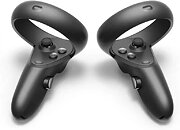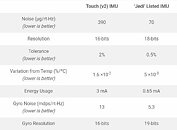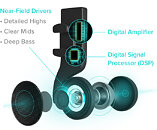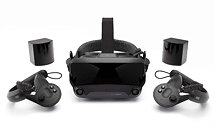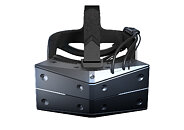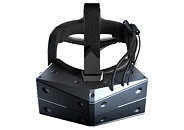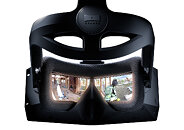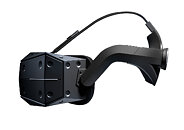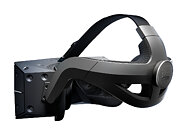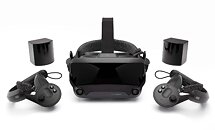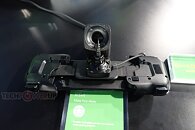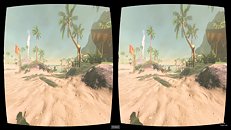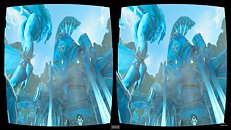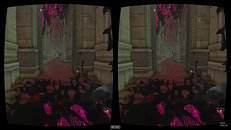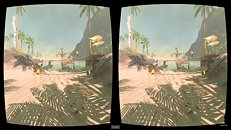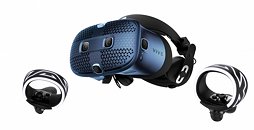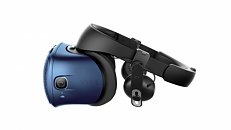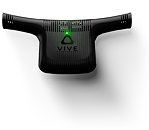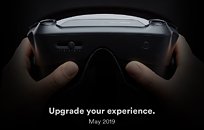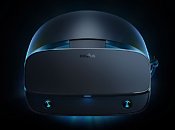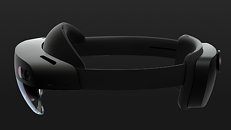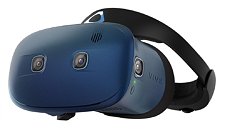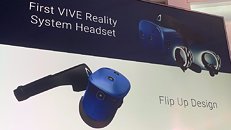New "Oculus Jedi" Controllers Leak in Oculus Quest Firmware Update
In a recent driver update for the Oculus Quest references to the upcoming "Oculus Jedi" controllers were discovered by Gerald McAlister. The "Oculus Jedi" controllers are expected to complement the next-generation "Del Mar" standalone VR headset. In an analysis of the drivers UploadVR discovered several key changes in the new design.
When the new "Oculus Jedi" drivers are compared to the existing Oculus Touch controller firmware it is revealed that new controllers will retain the original inputs and layout of the Touch controllers with a thumbstick, index trigger, grip trigger, A/X button, B/Y button, and a system/menu button. The Jedi controller may receive a tracking update with faster controller polling and a new ICM-426-series TDK chip. The updated IMU should greatly reduce noise and improve resolution of tracking to allow more precise positioning of the controller. Other improvements may include updated an updated haptics driver and analog finger sensing like what is found on the Valve Index.
When the new "Oculus Jedi" drivers are compared to the existing Oculus Touch controller firmware it is revealed that new controllers will retain the original inputs and layout of the Touch controllers with a thumbstick, index trigger, grip trigger, A/X button, B/Y button, and a system/menu button. The Jedi controller may receive a tracking update with faster controller polling and a new ICM-426-series TDK chip. The updated IMU should greatly reduce noise and improve resolution of tracking to allow more precise positioning of the controller. Other improvements may include updated an updated haptics driver and analog finger sensing like what is found on the Valve Index.
